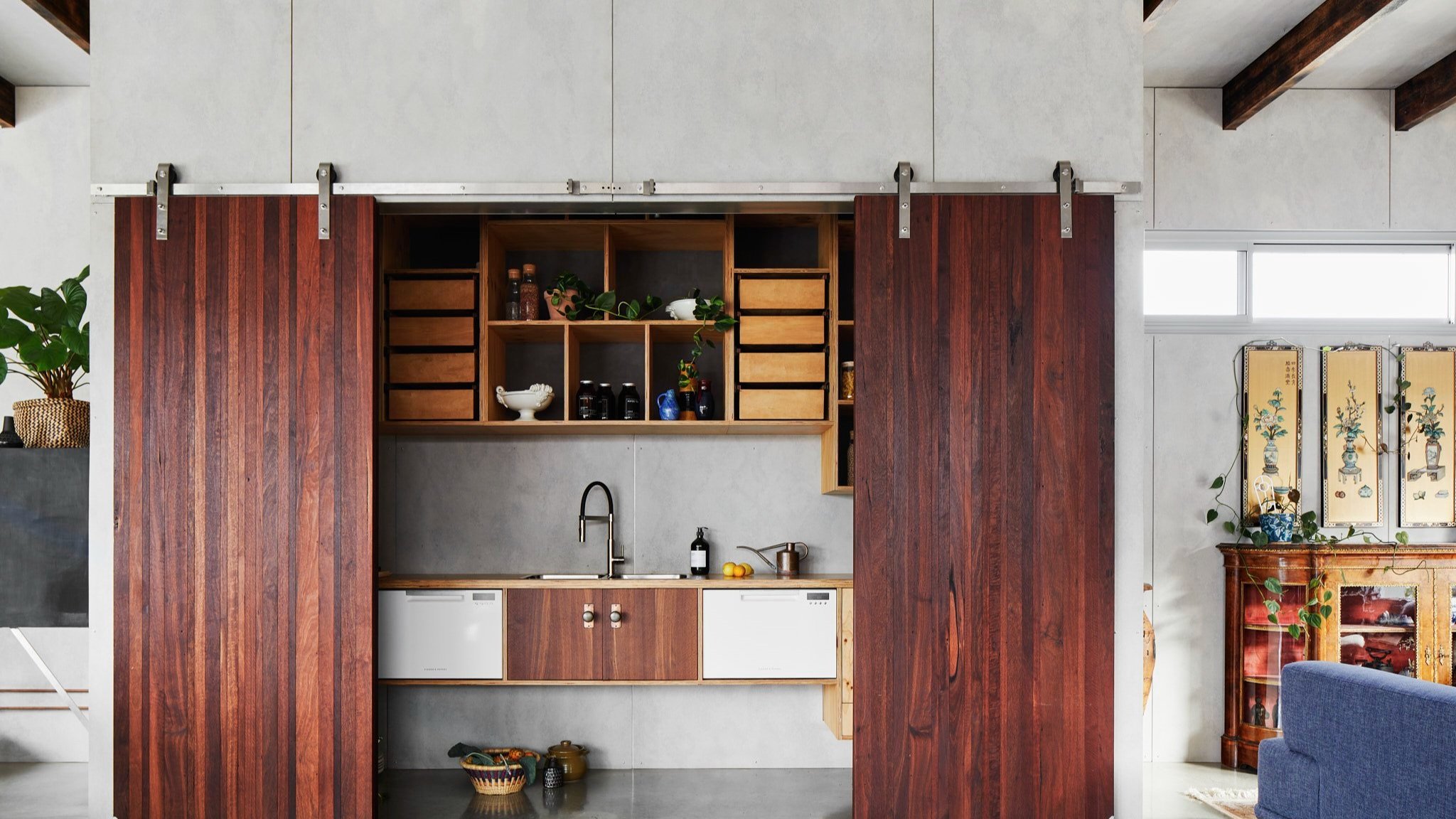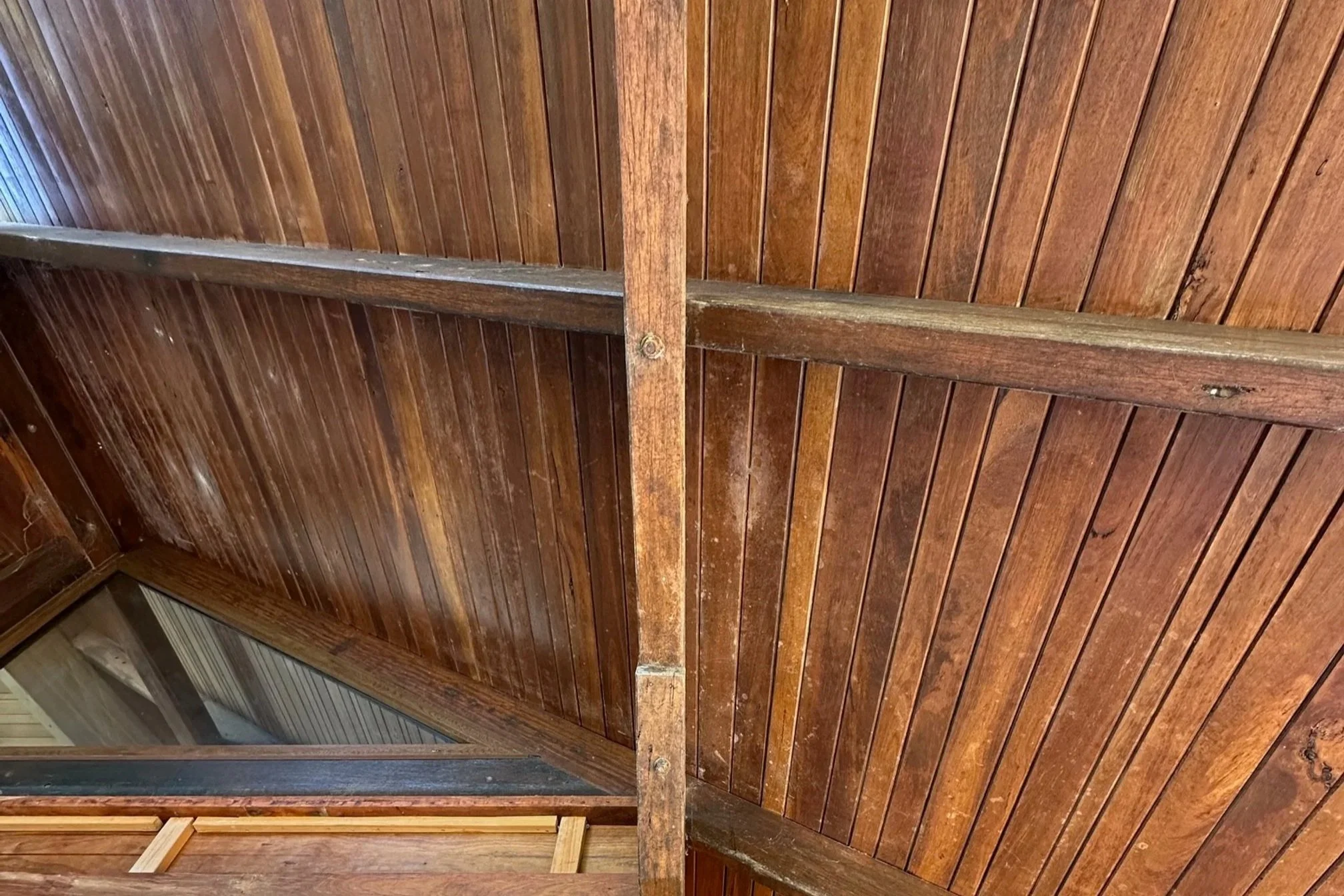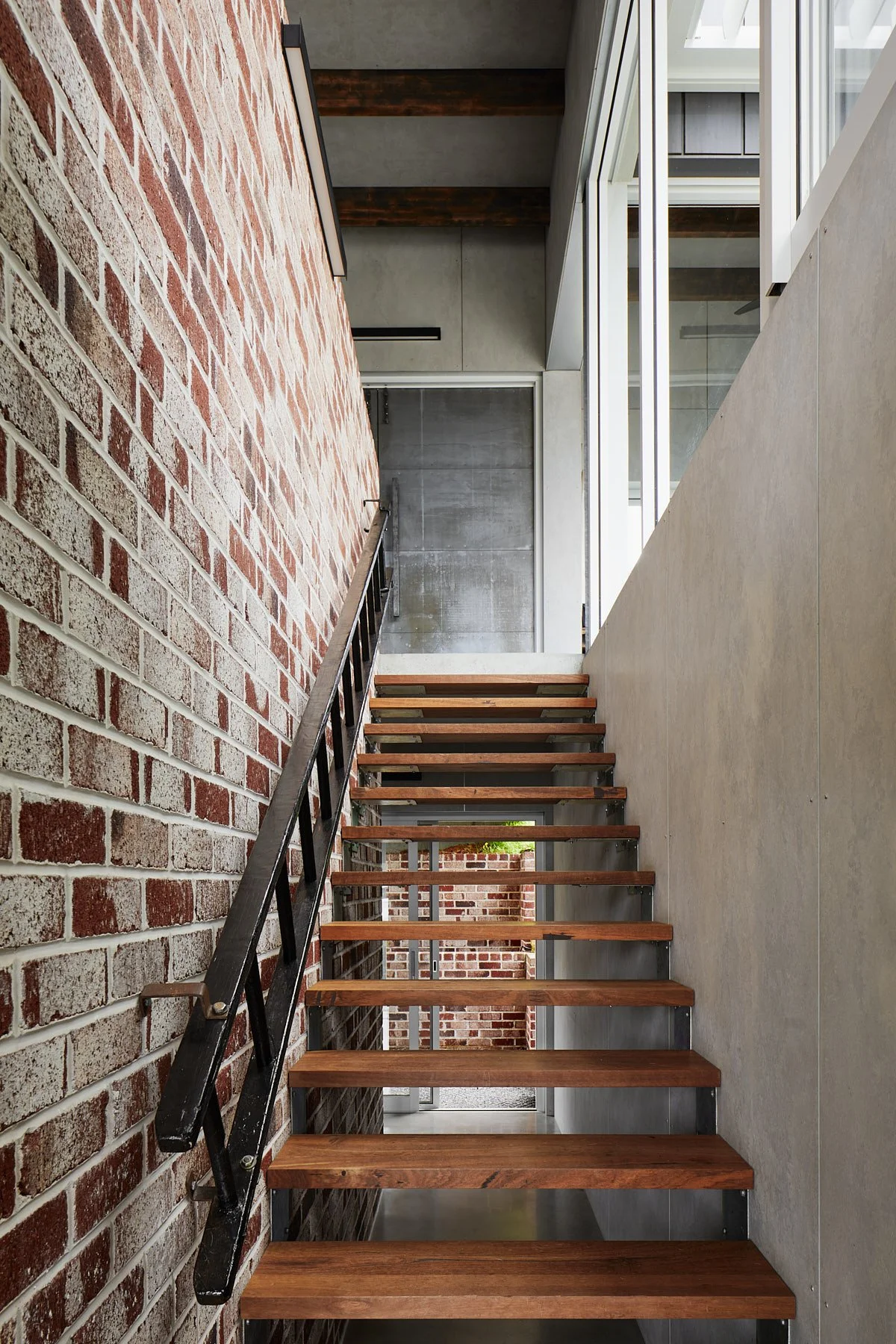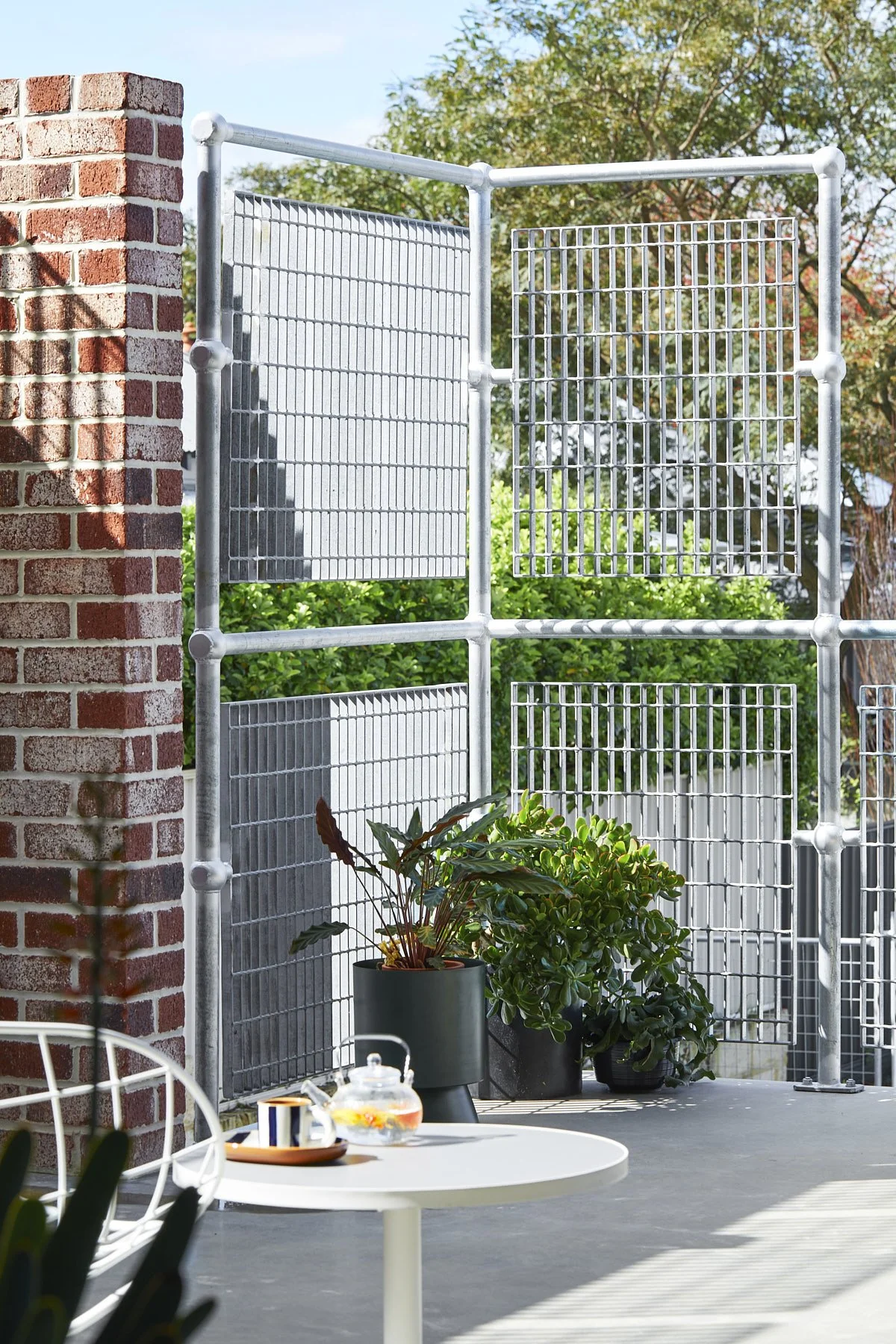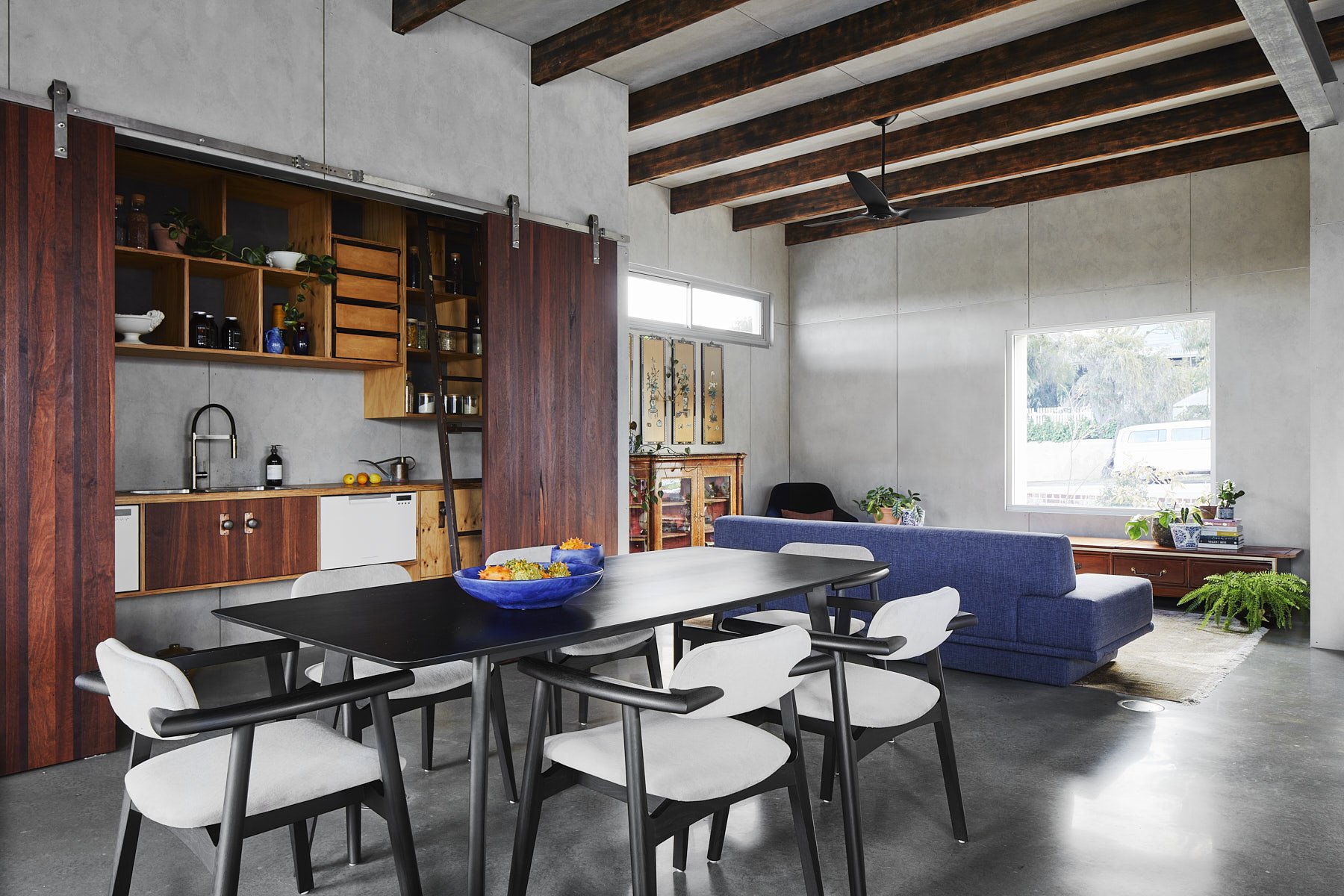Demolishing a house, or even just part of one, typically involves a lot more than simply knocking it down. And if there was nothing more to it, it’d be a hell of a waste. No matter how old, almost every home has materials worth keeping, whether for practical or sentimental reasons. But how do you decide what’s worth keeping? First, let’s have a look at how we handle demolitions, and then we’ll detail how to decide what to keep and what to get rid of.
THE DEMOLITION PROCESS
The demolition process will look different for every project, but here at Arklen we think about it as more of a deconstruction process instead. Rather than simply smashing it down and chucking everything in the tip, we often use a salvage company instead. With them, we can walk with you through the property to identify any materials or design features that you might want to keep. The salvage crew will then carefully remove those materials and anything else they want to keep for themselves.
After that, it’s a matter of deconstructing the rest of the home, sorting the waste and separating the materials that can be recycled. Roof tiles, for example, can be crushed and turned into road base, and untreated timber can be used for wood chips—but only if they’re not mixed with other materials.
Then, it’s a matter of refurbishing the materials that you’re keen to keep and storing them in a safe, dry place ready to be installed in your new build. There are a lot of materials in a house, though, so how do you decide what’s actually worth keeping?
OVERARCHING CONSIDERATIONS
Every home is different, and the things that are worth keeping in one may be very different from another. So, when deciding what to keep from your home, there are a few overarching things to consider. These include the item’s sentimental value, how well it’ll work in your new design, and how much it’ll add to the character and story of your new home. Then, of course, it’s a matter of how much it costs to remove it from the original home and restore it back to good condition. Throughout this process, though, remember that you don’t need to use something in the way it was intended. There are plenty of creative ways to give something and extra life, and if you’re stuck for ideas, you can always go to your designer or builder for advice.
An off-form concrete ceiling made with repurposed floorboards in Ardross.
This may seem like a lot, though, so let’s break down some more things to consider for each type of material.
Fixtures and fittings
Fixtures and fittings, like door handles, light fittings and taps, can be one of the best ways to subtly incorporate character from the old design into the new. They’re usually relatively easy to restore and the older designs are often irreplaceable. And, if you do change your mind later down the line, they’re comparatively easy to remove and replace with something newer.
Timber
In general, it’s always a good idea to take a look at your old timber as, if it’s in good condition, it’s almost definitely worth salvaging. Most older homes were built with hardwood timber from much larger, older trees that are no longer harvested. This was much higher quality than the softwood timber used today and, as it’s had time to age, will have significantly more character, too. It can be quite labour intensive (and expensive) to restore, but this is usually offset by its value so, if you do have the budget to give it extra life, we highly recommend you do so.
We’re also recycling this gorgeous Jarrah from an old pergola, which would be very difficult to source new.
Masonry
Masonry is a bit of a grey area. The time that’s needed to salvage and restore it can come with some significant costs, but it’s also a high-demand material that can be used in a wide variety of ways. When aged, it can also become quite the standout feature. With all this in mind, we wouldn’t usually recommend salvaging all of it, but it’s definitely worth keeping what you can.
And, at South Fremantle, we reused bricks from the original fireplace as unique feature paving out the front.
Metal
While old metal can be recycled, and we highly recommend doing so, we don’t usually suggest reusing it. It’s only relatively recently that treated metal became common practice, so it will often have moisture damage or corrosion that makes it unsuitable for reuse. If you’re particularly keen to keep some of it, though, there’s no harm in getting your builder to have a look at it.
Plaster mouldings
Plaster mouldings, like cornices and ceiling roses, are decorative features of older houses that are far less common these days. It’s this rarity that makes them worth keeping. Not only are custom mouldings expensive, but many of the older profiles are no longer available. They’re also a great, subtle way to add character and carry through your home’s story.
Joinery
Last but certainly not least, is timber joinery like doors, windows, cabinetry and other furniture items. These also tend to be very easy to salvage, but will often need a fair bit of work to bring them back to good condition. If they’re unique, like stained glass windows or bespoke doors, though, they’re most definitely worth considering.
LEGALITIES
Before you go ahead and repurpose any of these materials, there are a few important legalities to keep in mind. First of all, there are new compliance standards that will need to be met in new homes, even if you’re using old materials. Light fittings will probably need to be rewired and old taps may need to meet new water saving standards. Similarly, the glass in old windows may need to be replaced to make sure the house meets the required efficiency ratings, although this could be balanced out elsewhere if the glass is the feature. Ultimately, always consult with your builder before using a repurposed material.
EAST FREMANTLE
One of the best examples of how stunning upcycled and repurposed items can look is in our East Fremantle project. Here, where sustainability was a key consideration, a huge portion of the house was built with repurposed materials, from both the original home and elsewhere. Roof timber was used to make the timber treads on the staircase and all of the internal doors. An old ladder became the staircase handrail, while the balcony balustrades were made using mesh flooring from a salvage yard. And then there’s the wardrobe draws that were repurposed in the pantry. That’s far from everything they repurposed in this home, but it goes to show just how creative you can be, and how stunningly unique your home can be as a result.

